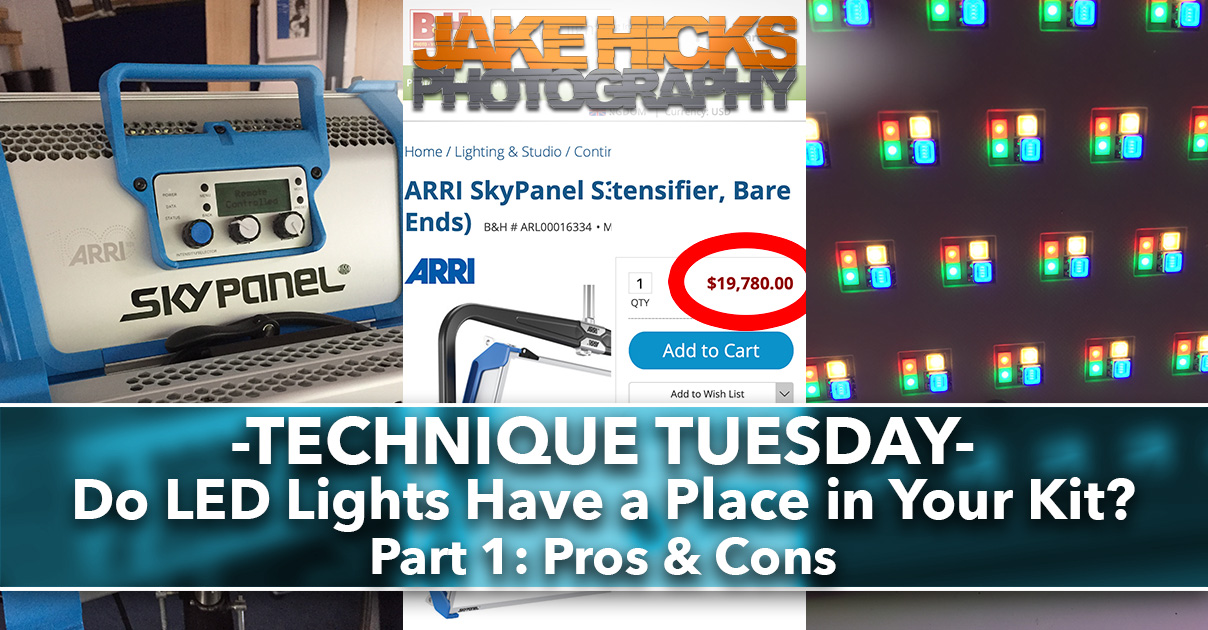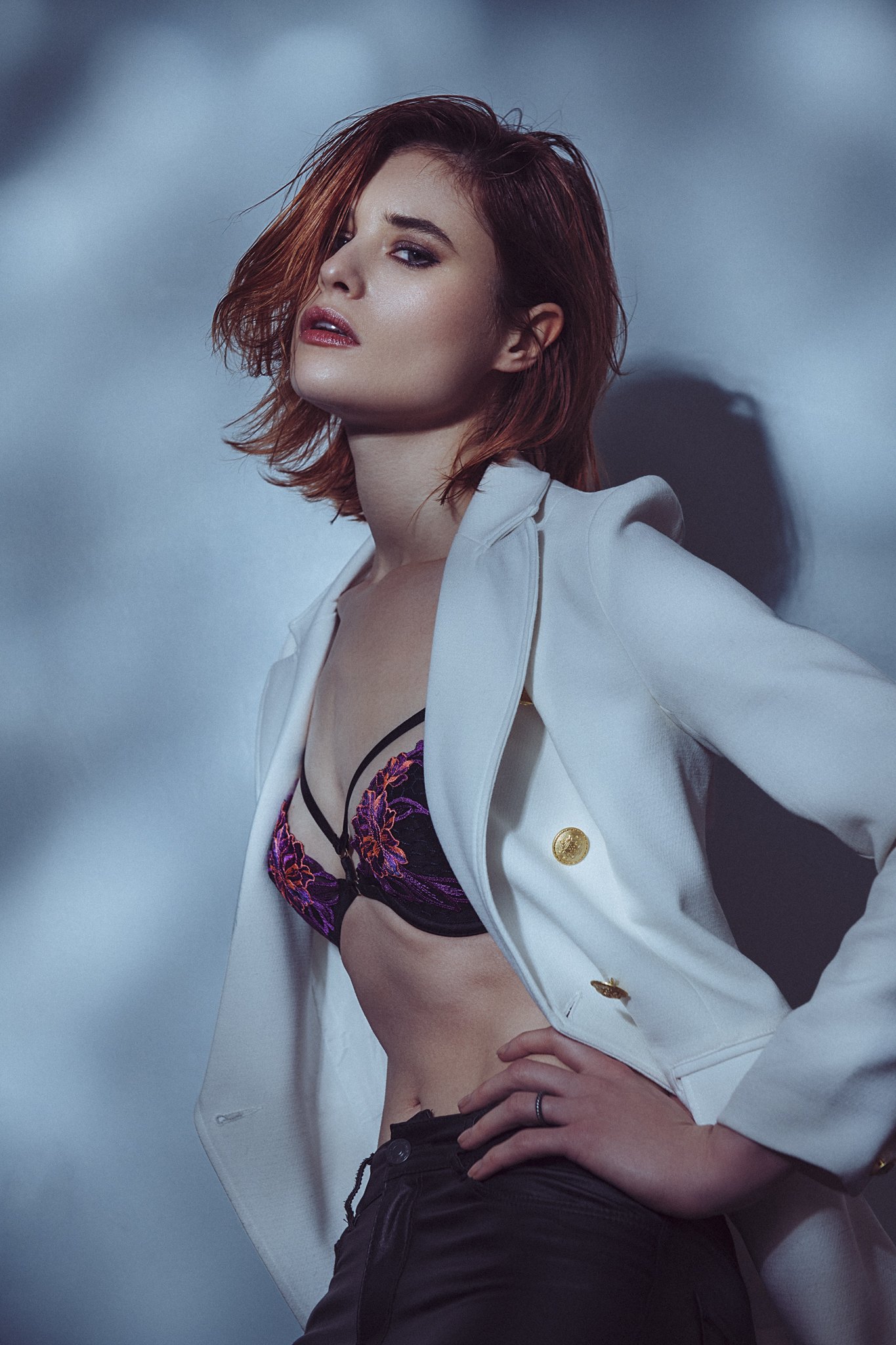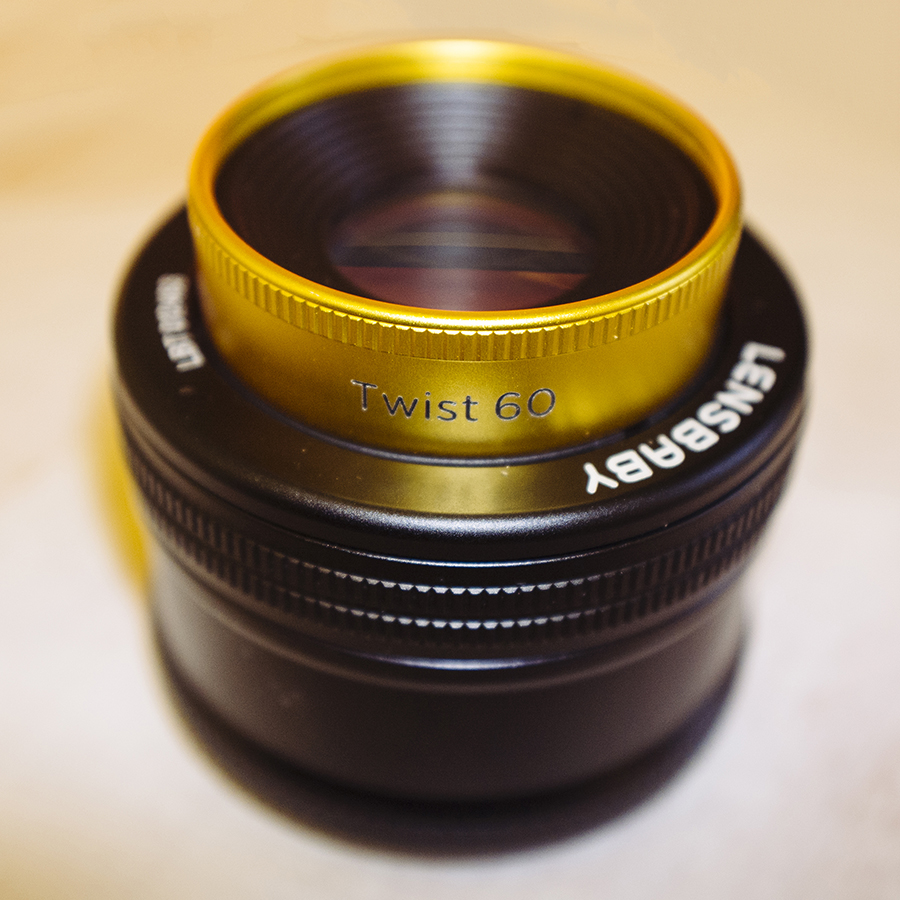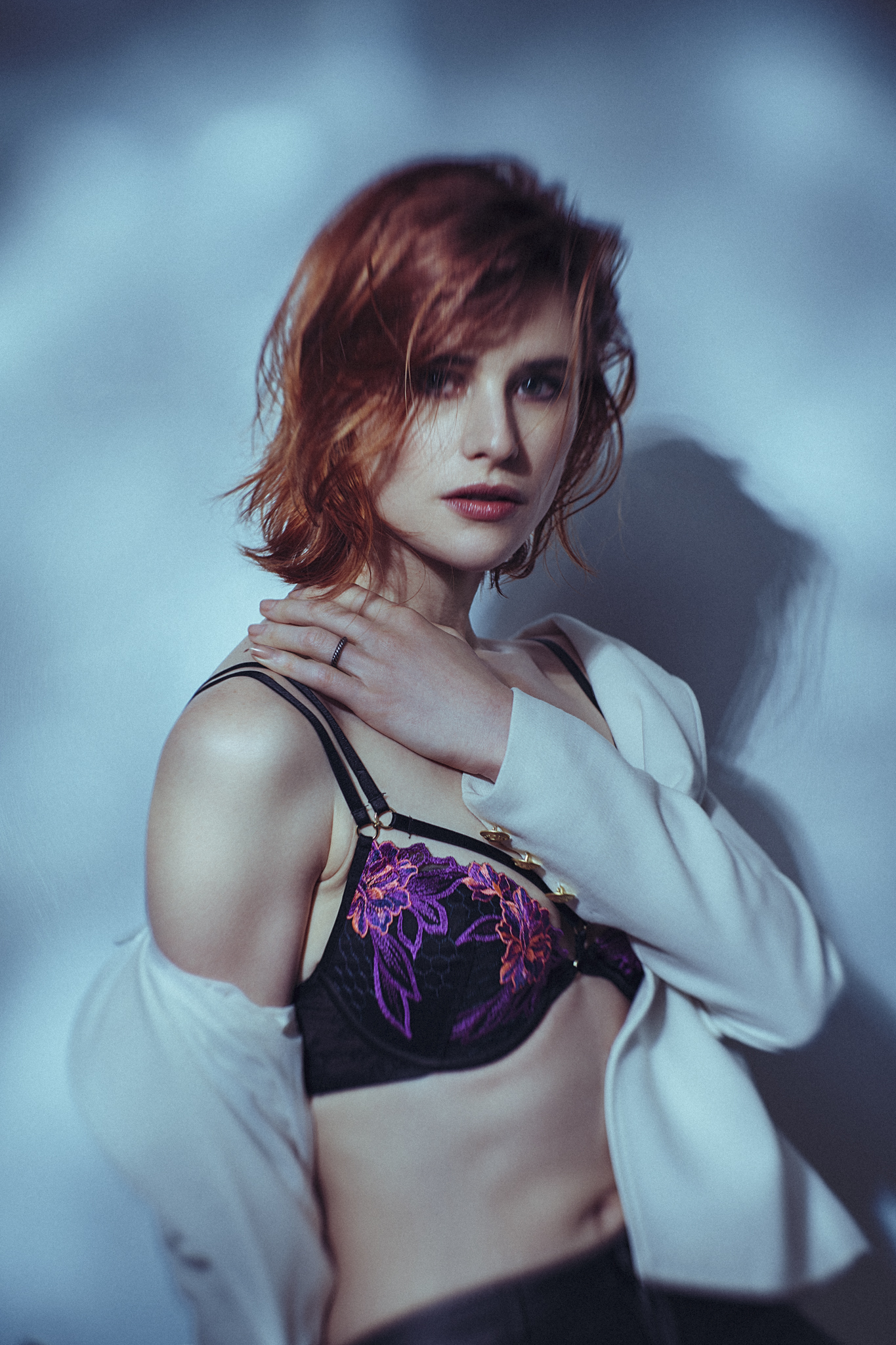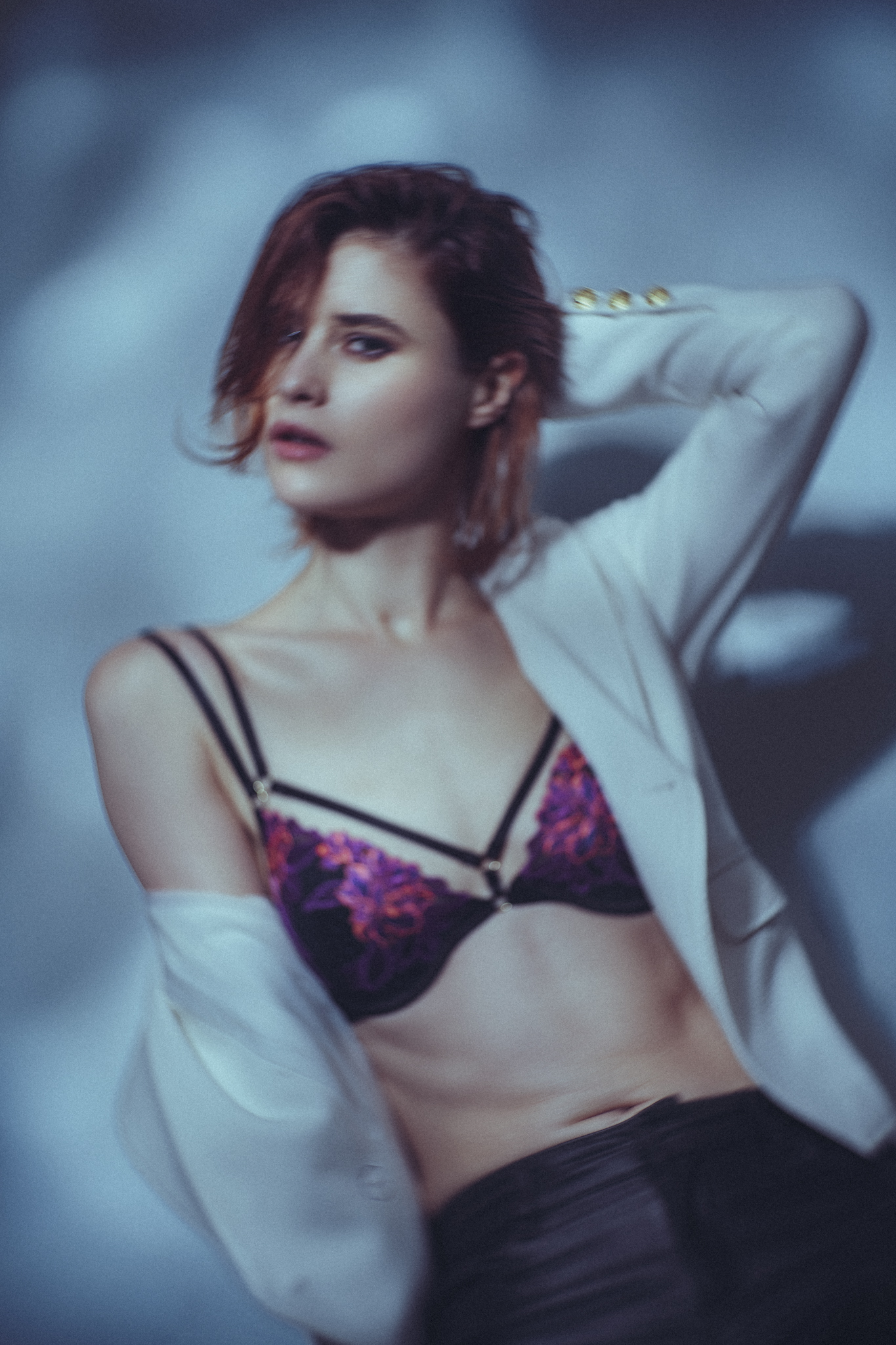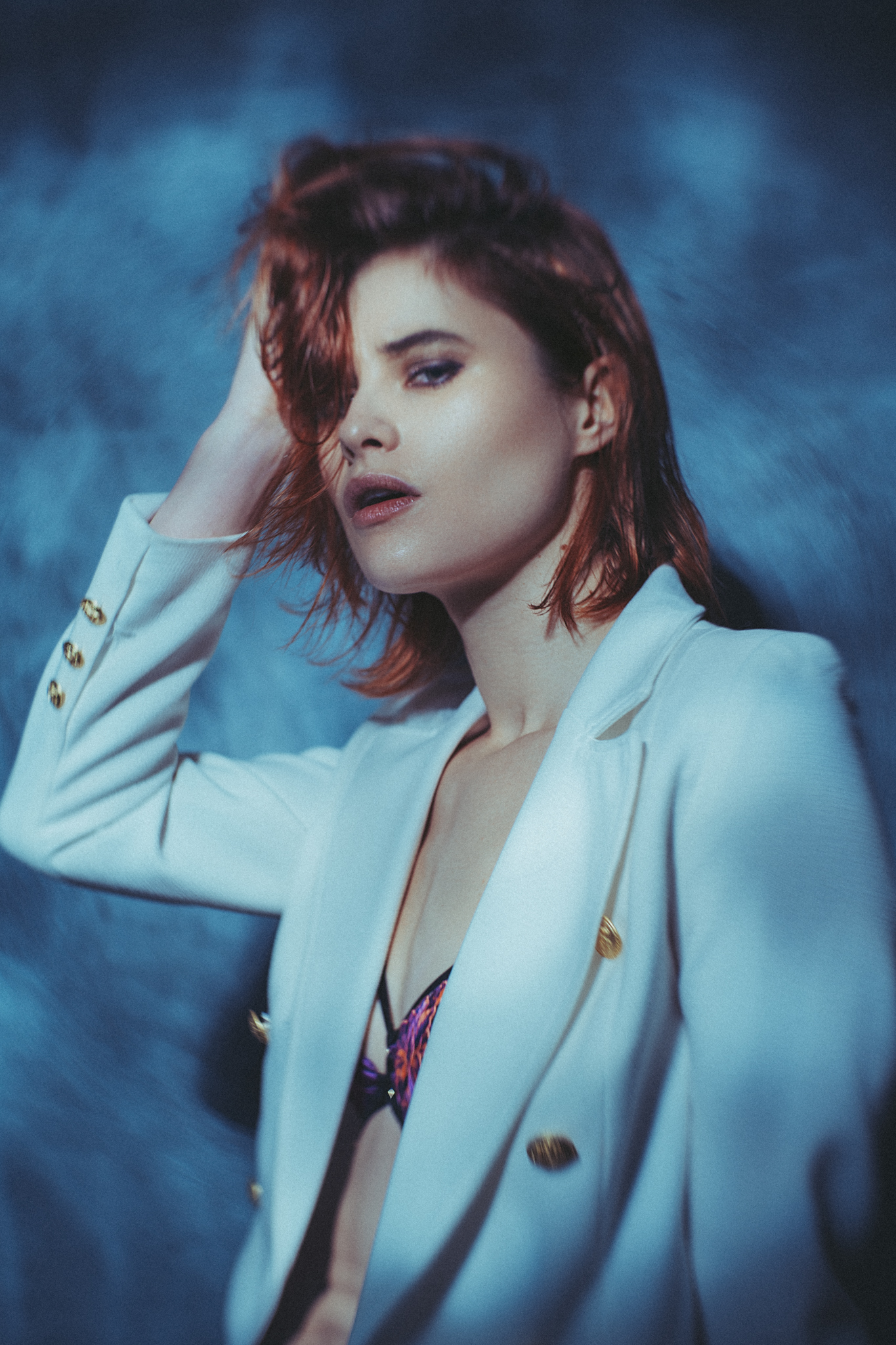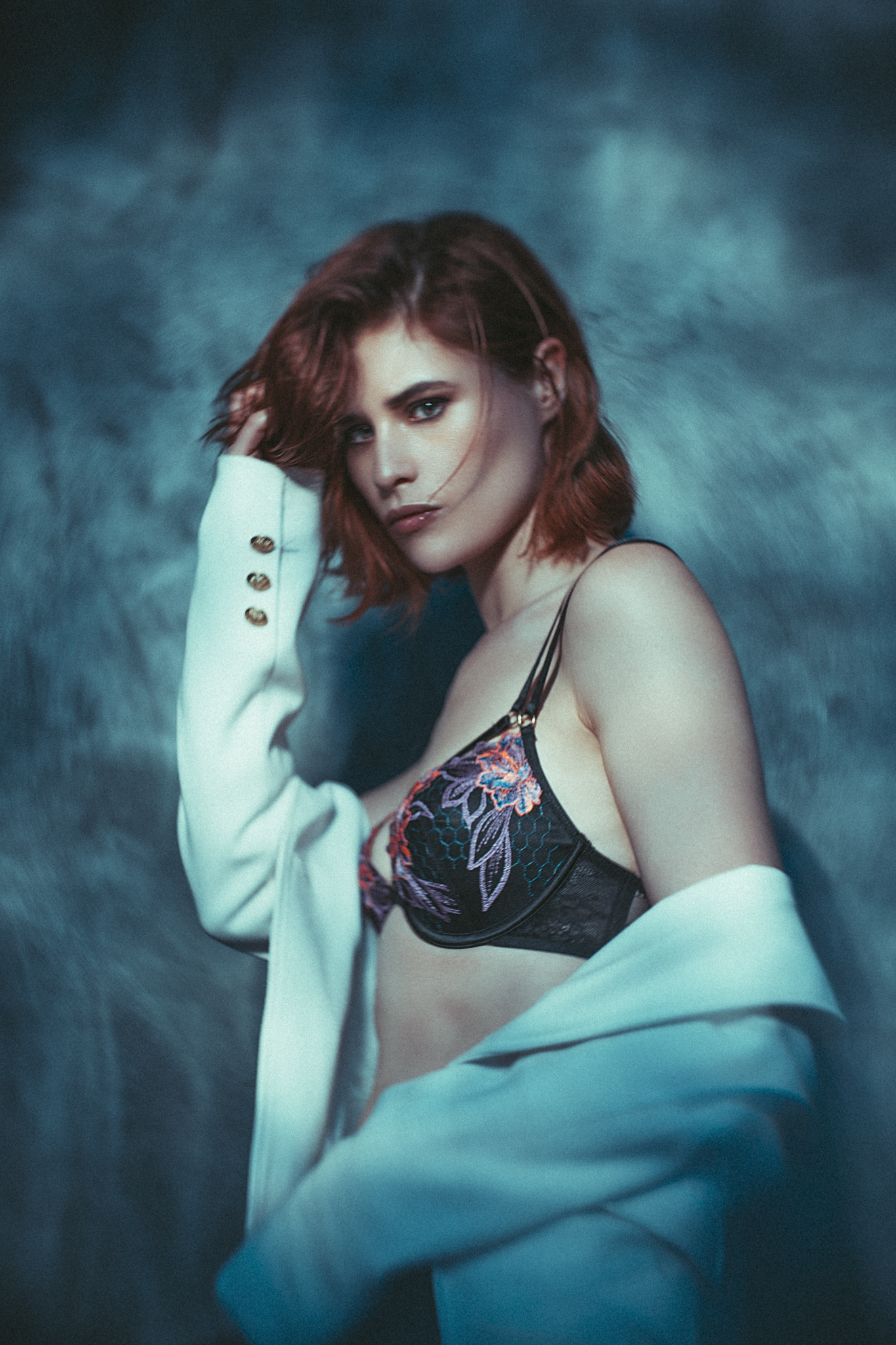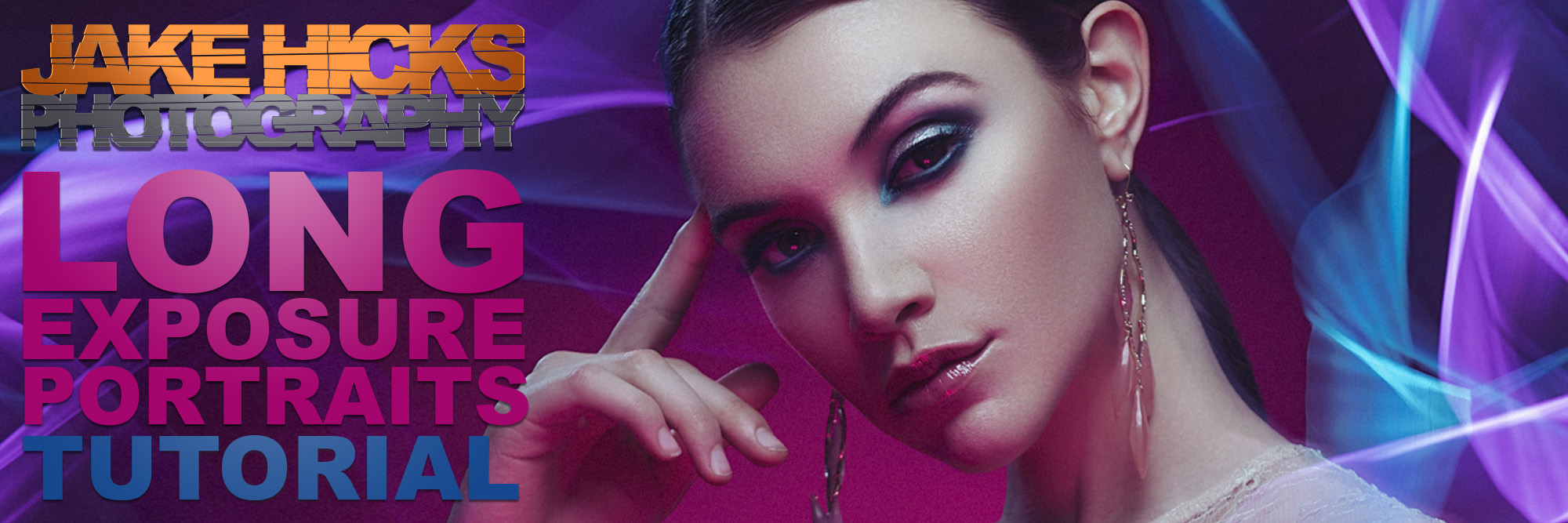To avoid making this one article ginormous, I aim to separate it out into three parts. Part 1will be the pros and cons of LEDs, part 2 will be testing a variety of coloured LED bulbs in our strobes and part 3 will cover using them on a model shoot including advice and lighting diagrams.
In this article I look at what LEDs actually are, how they started out and where they sit in the world of photography now. Many photographers have switched over to using LEDs, but do they have a place in your kit and why aren’t we all using them?
Then to Now
LEDs have been around since the 1960’s, but back then they really only existed as infrared and were far from being bright. Move into the 70s and some of you may even remember the first LEDs in your little calculators, the ones with the bright red light-up numbers. But again, LEDs weren’t very bright and they were really only limited to the colour of red.
LEDs struggled to find a significant place in the market due to their limited colour and brightness and it wasn’t until the late 80’s until a commercially viable blue LED was brought to market. From here great strides were made as LEDs quickly became brighter and with the introduction of green LEDs, we were now able to make white light via the combination of Red Green and Blue light.
LEDs have clearly come a long way, but why don’t we see more of them day to day in our photography? As photographers we use flash a lot of the time and we even use the occasional tungsten ambient light too. So is there a place for the LED light in our kit?
We already use flash and tungsten, do we really need to consider LED lights too?
So why aren’t we using LEDs for all of our lighting needs?
Granted, LEDs have seen huge growth in recent years as prices have come down dramatically and many of us now use LED bulbs in our homes, after all, there are so many benefits to using them. Due to their incredible efficiency, LEDs are cheap to run, plus they won’t give you third degree burns thanks to not having coils of scolding hot metal inside them like tungsten bulbs do.
So why aren’t we as photographers using them for all of our lighting needs? For me there are a couple of reasons I’m hesitant to switch to LEDs anytime soon. First off, they are nowhere near as powerful as flash, so they aren’t going to replace our strobes anytime soon. But we could most definitely use LEDs for ambient light shots in a controlled studio right?
There are a couple of reasons I’m not convinced on LEDs in my photography and they are as follows:
Modifying the light - To make LEDs brighter, we simply add more of them and that in-turn makes the light source physically bigger, hence why we see so many LED ‘panels’ and very few LED ‘spots’. These big panels of light then become hard to modify, imagine trying to modify a softbox… if you weren’t allowed to remove it. These panels become almost impossible to use in conjunction with specialist modifiers like a beauty dish or spots etc. Yes there are smaller, far brighter LEDs now but they still aren’t up to the power of a tungsten light in the same space.
Light drop-off - There are far smarter people than me who can explain this to you, but the ‘perceived’ light brightness of a panel of LEDs is not as bright as you may think. When light is spread out over a larger surface area it appears to drop away far quicker than if it’s coming from a single point. For example, imagine looking at a single 100w bulb, but now imagine looking at one hundred individual bulbs all at 1w each. The wall of 1w bulbs appears unbearably bright to us when in reality each of those bulbs is barely giving out any light and that light power drops off very quickly due to how spread out it is. LEDs are not as bright as they appear due to their panel size.
Click to enlarge: Coloured light does not mix like coloured paint does. When red, green and blue light mix, they create white light.
Colour - Okay so this is a big one. Colour technically exists at one end of the spectrum as infra-red all the way through the visible spectrum to ultra violet. It’s possible to have infra-red and UV LEDs, but that’s not particularly useful to us photographers. To achieve the visible colours, many LEDs combine Red, Green and Blue to do so. For those unaware, when the RGB lights are combined, they create white light. In theory then, this means we have every colour possible at our disposal.
The problem with this RGB combo method is that it can inherently produce very inconsistent colours. Ironically, LEDs ability to produce almost limitless colours without the aid of additional filters makes them incredibly versatile to many. But for photographers, colour is vital and my personal experience has seen very inconsistent and very muddy colours from LEDs. But as with everything, there are exceptions to this rule…. if you can afford it.
Pay to Win
As with many things in life, if you really want something and you’re willing to pay for it, then it’s out there….(or so I’ve heard). As a result, there are certainly exceptions to all of the drawbacks I’ve mentioned above and although we’ve yet to see an influx of very bright LEDs in a small bulb, the colour issues have been pretty much solved…..
But like I said, that comes at a cost.
For example the TV and movie industry never use flash and a lot of those productions have all moved over from tungsten to LEDs now. Companies like ARRI currently produce unfathomably good colour rendition in their LED lights….. it’s just that their 25.4 x 11.8" SkyPanel costs a cool $5800.
Again this design is fantastic for cinema as you’ll most likely want these large surface area panels to light large scenes, but you can see how it might be tricky to modify this to a single spot of light. For reference, this panel gives out a tungsten equivalent of 2000w so the ARRI LEDS certainly pack a reasonable punch when combined.
Another direction that ARRI is taking their LED heads is to replicate the size, design and functionality of the old theatre style heads. ARRI’s L-Series heads function the same way the old heads did and you can modify and direct them just like the old heads too.
Here we have a 450w equivalent output LED head for $2431.
Here we have a 5000w tungsten head for $2524
For context, this ARRI L5 LED head outputs an equivalent 450w light. That seems like a decent amount of power, but that’s nothing on a movie set and by comparison we can get a 5000w tungsten light from ARRI for the same price.
So we’re at a trade-off. We have the unbelievable convenience of the LED head where we can dial in almost any colour imaginable….but at a cost. Or we can get five 450w equivalent tungsten heads and just throw on a few gels of the colour we want anyway.
LED Versatility and Limitations
I promise not to turn this into an ARRI advert as I have no affiliation with them, but to keep it easy to compare price and value, I’ll continue to use them as an example. ARRI, in my mind has achieved unbelievably good colour rendition in their LED panels. A while ago I got the chance to play with one of their SkyPanels and I was genuinely blown away by its ability to produce stunning, evenly distributed colour at the touch of a button. If you’re interested then I’ll share some of my shots and videos from my test below.
Click to enlarge shots below
Take note of the four LED light blocks on these panels. A red, green and blue, plus a fourth white one.
Want ease of use and seemingly infinite colours all without the paint-peeling heat of tungsten? Check out the video below for how simple it is to get the colour you want P.S. I can even dial my exact JHP gel pack numbers into this thing and they look amazing :D
Essentially ARRI get around the LED white light problem by having four LEDs in their panels. A Red, Green and Blue one, but they also have a fourth white one that appears to deal with the Kelvin spectrum thereby allowing the panel to have beautifully clean white light as well as everything in between. (Note: I do not have confirmation that this is all that white LED does, but I am making an educated guess based on my tests).
Another thing to note here is how LED panels deal with power. If you want more power, you simply make a bigger panel and add more LEDs. It’s far harder to simply make a single LED bulb powerful on its own. Its power comes from simply having more of them. Also if you take a look at the video I took here, you should instantly see how phenomenally convenient the colour gel system is and the sheer level of micro adjustments you can make to colour presets, tone, hue, Kelvin and brightness is staggering.
The green square here is the 50x34” panel in comparison to an iPad and iPhone.
So what’s the problem? If you’ve got the money, LEDs are the solution to all your lighting needs, right?
Yes, LED technology now is phenomenal and although very expensive, these $5000 lights are nothing to a film budget of $250,000,000. The only real drawback is power. Even the most powerful ARRI SkyPanel I’ve seen was a 50”x34” panel and that output 8000w tungsten equivalent. Take note of the size of that LED panel. That’s 50”x34” or 127cm x 86cm. That’s a very big panel and again they’re obtaining that LED power by simply adding more of them.
But 8000w is still a lot right? Well it’ll cost you nearly $20,000 and when you compare that to a powerful tungsten head, the price becomes even harder to swallow. Take one of the most powerful ARRI tungsten heads and you’ll see the ARRI T24 monster kicking out 24,000w of power! Plus it’s significantly cheaper at $13,000.
One of ARRI’s most powerful LED lights. The S360-C outputs and 8000w equivalent and it’ll cost you nearly $20,000.
One of ARRI’s brightest tungsten heads outputs a staggering 24,000w and will cost a mere $13,000.
Of course there are downsides to using a 24,000w tungsten head. One being that it takes a huge amount of power to run the thing, but more importantly, I should think dealing with 24,000w of searing hot tungsten is utterly terrifying to operate!
Note: One of the B&H ‘recommended’ accessories for this ARRI T24 was a pair of leather gloves! I should think with a tungsten head kicking out 24,000w of light, the spacesuit from the film ‘Sunshine’ would be more appropriate!
After you, B&H…
The Problem of Power
So like we’ve seen above, LEDs are now in a phenomenal spot right now in terms of colour…if you can afford it. But we keep coming back to that power issue. Tungsten bulbs do an amazing job of seemingly cramming the power of a dying star into a tiny space, whereas the LEDs solve the power problem by simply ganging up. But this method does have its limitations and even on big movies with seemingly infinite budgets like Blade Runner 2049, even they still resorted to the old tungsten and gels method. One of the more famous lighting rigs they used on the film consisted of 256 ARRI 300w Fresnels in two concentric circles above the set (yes you read that right; two hundred and fifty six tungsten heads on a single set….marshmallows anyone?).
If you’re interested in the full article on this then you can check it out here on the ARRI site Lighting "Blade Runner 2049"
256 separate ARRI 300-watt Fresnels in two concentric circles on the set of Blade Runner 2049.
I’m not saying this couldn’t have been done with LEDs, but I think if a movie like Blade Runner 2049, with a budget of $175 million had thought it was possible with LEDs, they’d have done so. Instead though, they decided to burn through a staggering 1,400 rolls of gels thanks to the natural predator of all gels everywhere, the tungsten head.
How does this relate to photographers?
So once again we’re back at how this all relates to us as photographers. Should we all be switching to LEDs? For me the answer is a resounding no. First off, I’ll just say how blown away I am by the colours created by these ARRI LED panels. Seriously it’s a sight to behold. But even with all that control and versatility at my fingertips, I’m still concerned about how hard they are to modify. Sure you can add soft boxes and a grid that sort-of works to direct the light slightly, but for the more contrasty light that produces specular highlights in targeted areas, specifically people, I struggle to make it work. Plus of course the LEDs are nowhere near the power of flash. Capturing movement in sharp focus and at low ISOs or with f-stops like f11 or f16, the power of LEDs will struggle.
But is there another LED option available to us photographers?
Granted we’ve just discussed some of the concerns surrounding the LEDs and why we aren’t all ditching our flash heads in favour of them. But there may be an alternative solution worth considering and they are available to us at a fraction of the cost; regular LED coloured lightbulbs.
These screw-in bulbs can be inserted into your strobe heads in place of your tungsten modelling bulbs. Simply remove the tungsten bulbs and pop these LED bulbs in instead. What’s so special about these LED bulbs? Well they contain coloured LEDs and some of them have the ability to produce thousands of colours, all of which can be controlled and dialled in via your smart phone.
Using coloured LED bulbs is as simple as removing the tungsten modelling bulb and inserting the LED one instead. Then with an app on your phone, you can change it to whatever colour you want, instantly!
In next weeks article, I’ll be testing three of these coloured LED bulbs and sharing my thoughts and recommendations on them. These won’t be replacing your strobe anytime soon, but with the ability to add all of your current strobe modifiers to these coloured LED bulbs, it could open up a world of options and convenience if you’re not overly concerned about masses of power.
Next week I’ll be testing three Coloured LED bulbs. I’ll look at the cheap, basic model as well as a more reasonably priced one. And I’ll also be looking at the more expensive and supposedly impressive Philips HUE bulb.
See you next week!
Thanks as always for checking this article out, I certainly appreciate it. Fee free to ask any questions below and I’ll do my best to answer them as quickly as I can :)
More Free Tips & Techniques
Thanks as always for checking out my articles. I know your time is precious and there’s almost an infinite amount of other things you could have done with the last 15 minutes of your life, so I really do appreciate you checking this out :)
If you’re after more tips and tricks on studio lighting then don’t forget to check out my monthly newsletter and my free 10 page pdf on studio lighting techniques. If you’re interested then follow the link below and download it immediately.
Did you receive my FREE 10 page PDF on Studio Lighting Tips yet?
Sign up to my monthly newsletter and receive my free 10 page pdf of my all time ‘Top 10 Photography Tips & Techniques’.
Once a month I’ll send you a newsletter of at least four photo related tips and tricks (one for each week I post them on here if you miss them) plus I’ll also keep you apprised of my new workshop dates as well.

